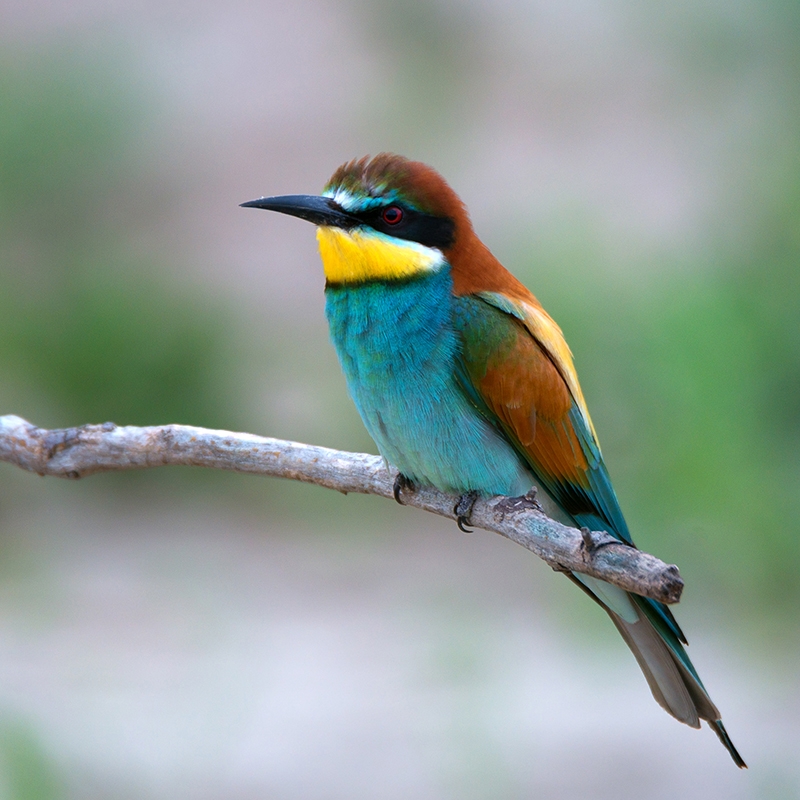
By: Lara T.
Year: 2020
School: Serrano Intermediate, 7th grade
Division: Junior
Advisor: Holly Danielson
How does the amount of eggshell and birdseed consumed by the various birds in my backyard fluctuate in the four seasons throughout the year?
I hypothesized that the highest amount of eggshells would be eaten in the spring, much less in the summer, and only minimal amounts fall and winter. I hypothesized that the amount of birdseed would similar all year round.
I Weigh out 40 grams of birdseed into one small container and 40 grams of eggshells into the other small container and place them in the backyard. Record daily observations on the birds that came, temperature, and unusual weather conditions. On a weekly basis, weigh the remaining birdseed and eggshells and record the amount of each item consumed by the birds. The variable in this experiment is the seasons within the year. 53 weeks of data in a single trial. Measure the amount of eggshells and birdseed consumed in one week.
The highest amount of eggshells were eaten in the spring, about half of that in the summer, and minimal amounts during the fall and winter. The fluctuation in birdseed consumption was similar to that of eggshell consumption.Conclusion: My hypothesis was correct in that the highest amount of eggshells were eaten during spring (breeding season) because birds needed the calcium in the eggshells to lay strong eggs. In the summer, eggshell consumption was half the amount compared to spring because birds are only looking to replenish the calcium loss in their bones, which is comparably less than the calcium needed for laying eggs. In the fall and winter, the birds only needed minimal amounts of calcium for basic bodily functions. However, my hypothesis was incorrect when it comes to birdseed consumption. The fluctuation of birdseed consumption mirrored that of eggshell consumption. In the spring, birds were feeding their young, resulting in the highest consumption.In the summer, consumption is driven by juvenile birds feeding to support their rapid growth rates into adulthood.
Come winter, the juveniles reached adulthood and birdseed consumption falls as adult birds need less food because they are not growing and have a slower metabolism.
